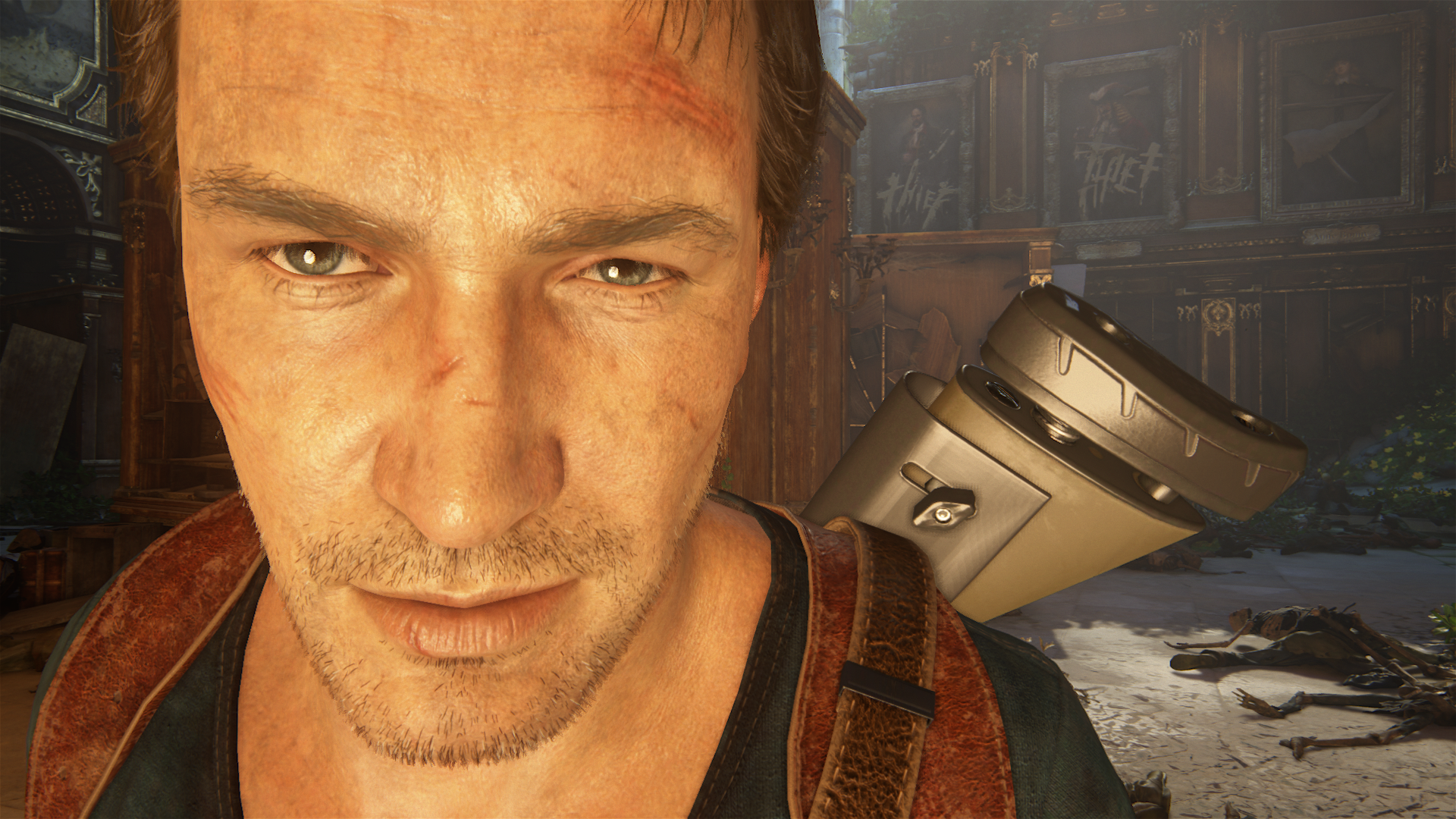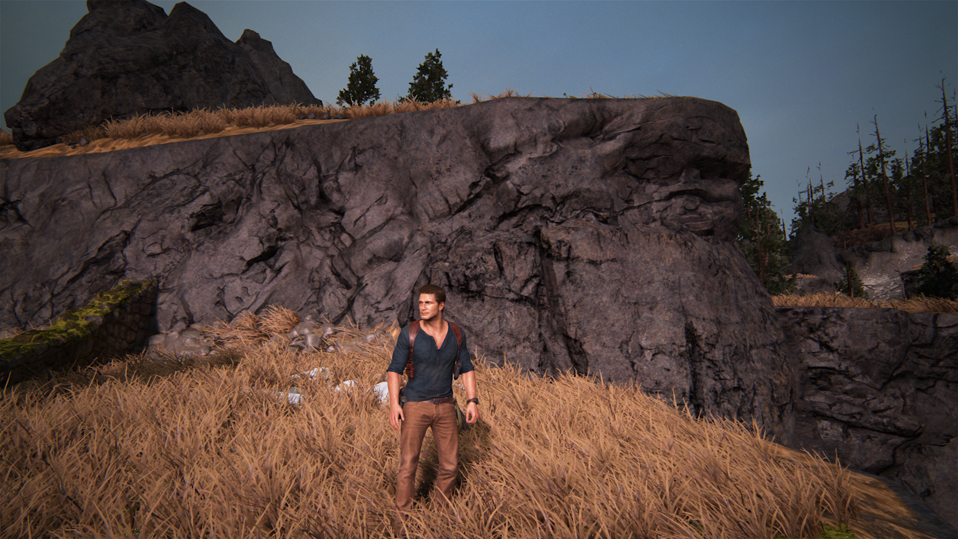As for the visibility of detail, pjbliverpool has a very valid point here. Movie VFX is obviously supersampled; and we could say the same about real life in a way too, in that even though the ability of the retina to resolve detail is limited, it's still working with all the light rays hitting the same point, so it's sort of like supersampling.
AA in games, especially post AA, works very differently, as it will only be able to work with the 1 or possibly 2 (with MSAA) shading samples per pixel it gets. With MIP mapping, the details in those samples are already filtered to an average, so you will inevitably lose information. This new generation of AA solutions is really good at dealing with flickering and jaggies and noise and such, but they just can't recreate the detail that has already been lost in the source image (or in the case of temporal approaches, images).
A good parallel might be trilinear vs anisotropic filtering. Let's imagine that someone comes up with a post filter that can enhance the result of trilinear filtered textures; it'd still not look as good as using proper aniso. You can't really replace the actual work of looking at what's all there under that pixel.
AA in games, especially post AA, works very differently, as it will only be able to work with the 1 or possibly 2 (with MSAA) shading samples per pixel it gets. With MIP mapping, the details in those samples are already filtered to an average, so you will inevitably lose information. This new generation of AA solutions is really good at dealing with flickering and jaggies and noise and such, but they just can't recreate the detail that has already been lost in the source image (or in the case of temporal approaches, images).
A good parallel might be trilinear vs anisotropic filtering. Let's imagine that someone comes up with a post filter that can enhance the result of trilinear filtered textures; it'd still not look as good as using proper aniso. You can't really replace the actual work of looking at what's all there under that pixel.



















